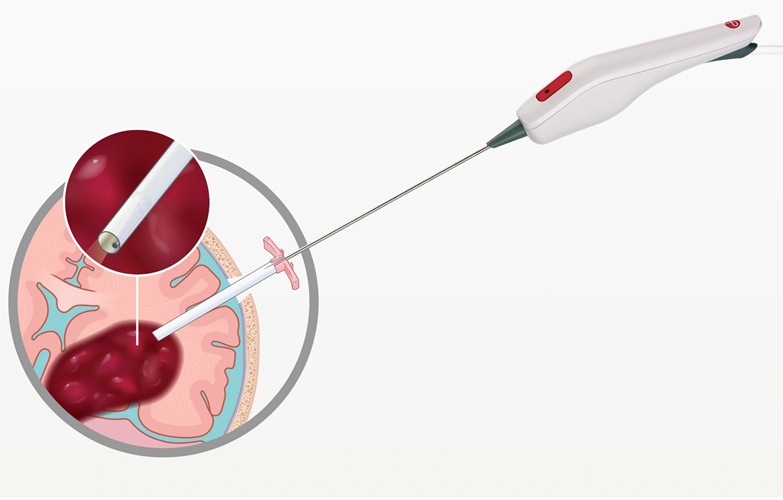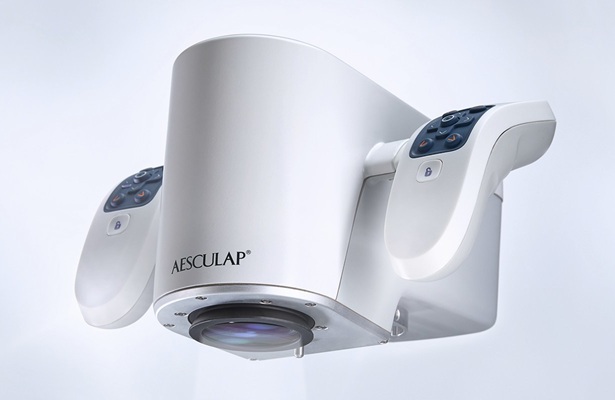Trio of Factors Behind Falling Heart Disease Mortality
|
By HospiMedica International staff writers Posted on 16 Mar 2016 |
Changes in smoking prevalence, serum cholesterol, and systolic blood pressure (BP) have been the major reason behind falling coronary heart disease (CHD) mortality over the past 40 years, according to a new study.
Researchers at the Finnish National Institute for Health and Welfare (Helsinki, Finland) conducted a population-based observational study to estimate how changes in the main risk factors of cardiovascular disease (CVD) can explain the reduction in CHD mortality observed among the working age population in eastern Finland. Participants included 34,525 men and women aged 30–59 years of age who participated in national studies between 1972 and 2012. The main outcome measures were predicted and observed age standardized mortality due to CHD.
The results showed that during the 40 years of the study, CHD mortality decreased by 82% and 84% among men and women aged 35–64 years, respectively. During this time, levels of the three major CVD risk factors decreased, except for a small increase in serum cholesterol levels between 2007 and 2012. Since the mid-1980s, the observed reduction in mortality has been larger than predicted, with about two thirds of the reduction explained by changes in the three main risk factors, and the remaining third by other factors. The study was published on March 1, 2016, in BMJ.
“Although secondary prevention and treatment protocols have markedly developed in recent decades, primary prevention and reduction in levels of the main classical factors contributing to cardiovascular risk should still be considered as the main strategy to reduce disease burden and mortality due to coronary heart disease,” concluded lead author Pekka Jousilahti, MD, PhD. “The changes in the three target risk factors during the first ten years of the study contributed to nearly all of the observed mortality reduction.”
Mortality from CHD started to increase in Finland in the 1950s, associated with an increasing standard of living, dietary causes, and other lifestyle changes. In the late 1960s, this mortality was the highest in the world, and was particularly high among working aged men in the eastern part of the country. As a result, the North Karelia Project was launched in 1972, with the aim of reducing the extremely high mortality from CHD by focusing on behavioral change through community action and participation, supported by screening of high risk individuals and medical treatment.
Related Links:
Finnish National Institute for Health and Welfare
Researchers at the Finnish National Institute for Health and Welfare (Helsinki, Finland) conducted a population-based observational study to estimate how changes in the main risk factors of cardiovascular disease (CVD) can explain the reduction in CHD mortality observed among the working age population in eastern Finland. Participants included 34,525 men and women aged 30–59 years of age who participated in national studies between 1972 and 2012. The main outcome measures were predicted and observed age standardized mortality due to CHD.
The results showed that during the 40 years of the study, CHD mortality decreased by 82% and 84% among men and women aged 35–64 years, respectively. During this time, levels of the three major CVD risk factors decreased, except for a small increase in serum cholesterol levels between 2007 and 2012. Since the mid-1980s, the observed reduction in mortality has been larger than predicted, with about two thirds of the reduction explained by changes in the three main risk factors, and the remaining third by other factors. The study was published on March 1, 2016, in BMJ.
“Although secondary prevention and treatment protocols have markedly developed in recent decades, primary prevention and reduction in levels of the main classical factors contributing to cardiovascular risk should still be considered as the main strategy to reduce disease burden and mortality due to coronary heart disease,” concluded lead author Pekka Jousilahti, MD, PhD. “The changes in the three target risk factors during the first ten years of the study contributed to nearly all of the observed mortality reduction.”
Mortality from CHD started to increase in Finland in the 1950s, associated with an increasing standard of living, dietary causes, and other lifestyle changes. In the late 1960s, this mortality was the highest in the world, and was particularly high among working aged men in the eastern part of the country. As a result, the North Karelia Project was launched in 1972, with the aim of reducing the extremely high mortality from CHD by focusing on behavioral change through community action and participation, supported by screening of high risk individuals and medical treatment.
Related Links:
Finnish National Institute for Health and Welfare
Latest Critical Care News
- Ingestible Capsule Monitors Intestinal Inflammation
- Wireless Implantable Sensor Enables Continuous Endoleak Monitoring
- Pulse Oximeter Index Offers Non-Invasive Guides for Fluid Therapy
- Wearable Patch for Early Skin Cancer Detection to Reduce Unnecessary Biopsies
- 'Universal' Kidney to Match Any Blood Type
- Light-Based Technology to Measure Brain Blood Flow Could Diagnose Stroke and TBI
- AI Heart Attack Risk Assessment Tool Outperforms Existing Methods
- Smartphone Imaging System Enables Early Oral Cancer Detection
- Swallowable Pill-Sized Bioprinter Treats GI Tract Injuries

- Personalized Brain “Pacemakers” Could Help Patients with Hard-To-Treat Epilepsy
- Microscopic DNA Flower Robots to Enable Precision Medicine Delivery
- Origami Robots to Deliver Medicine Less Invasively and More Effectively
- Improved Cough-Detection Technology Aids Health Monitoring
- AI Identifies Children in ER Likely to Develop Sepsis Within 48 Hours
- New Radiofrequency Therapy Slows Glioblastoma Growth
- Battery-Free Wireless Multi-Sensing Platform Revolutionizes Pressure Injury Detection
Channels
Surgical Techniques
view channel
Robotic Assistant Delivers Ultra-Precision Injections with Rapid Setup Times
Age-related macular degeneration (AMD) is a leading cause of blindness worldwide, affecting nearly 200 million people, a figure expected to rise to 280 million by 2040. Current treatment involves doctors... Read more
Minimally Invasive Endoscopic Surgery Improves Severe Stroke Outcomes
Intracerebral hemorrhage, a type of stroke caused by bleeding deep within the brain, remains one of the most challenging neurological emergencies to treat. Accounting for about 15% of all strokes, it carries... Read morePatient Care
view channel
Revolutionary Automatic IV-Line Flushing Device to Enhance Infusion Care
More than 80% of in-hospital patients receive intravenous (IV) therapy. Every dose of IV medicine delivered in a small volume (<250 mL) infusion bag should be followed by subsequent flushing to ensure... Read more
VR Training Tool Combats Contamination of Portable Medical Equipment
Healthcare-associated infections (HAIs) impact one in every 31 patients, cause nearly 100,000 deaths each year, and cost USD 28.4 billion in direct medical expenses. Notably, up to 75% of these infections... Read more
Portable Biosensor Platform to Reduce Hospital-Acquired Infections
Approximately 4 million patients in the European Union acquire healthcare-associated infections (HAIs) or nosocomial infections each year, with around 37,000 deaths directly resulting from these infections,... Read moreFirst-Of-Its-Kind Portable Germicidal Light Technology Disinfects High-Touch Clinical Surfaces in Seconds
Reducing healthcare-acquired infections (HAIs) remains a pressing issue within global healthcare systems. In the United States alone, 1.7 million patients contract HAIs annually, leading to approximately... Read moreHealth IT
view channel
Printable Molecule-Selective Nanoparticles Enable Mass Production of Wearable Biosensors
The future of medicine is likely to focus on the personalization of healthcare—understanding exactly what an individual requires and delivering the appropriate combination of nutrients, metabolites, and... Read moreBusiness
view channel
Philips and Masimo Partner to Advance Patient Monitoring Measurement Technologies
Royal Philips (Amsterdam, Netherlands) and Masimo (Irvine, California, USA) have renewed their multi-year strategic collaboration, combining Philips’ expertise in patient monitoring with Masimo’s noninvasive... Read more
B. Braun Acquires Digital Microsurgery Company True Digital Surgery
The high-end microsurgery market in neurosurgery, spine, and ENT is undergoing a significant transformation. Traditional analog microscopes are giving way to digital exoscopes, which provide improved visualization,... Read more
CMEF 2025 to Promote Holistic and High-Quality Development of Medical and Health Industry
The 92nd China International Medical Equipment Fair (CMEF 2025) Autumn Exhibition is scheduled to be held from September 26 to 29 at the China Import and Export Fair Complex (Canton Fair Complex) in Guangzhou.... Read more














